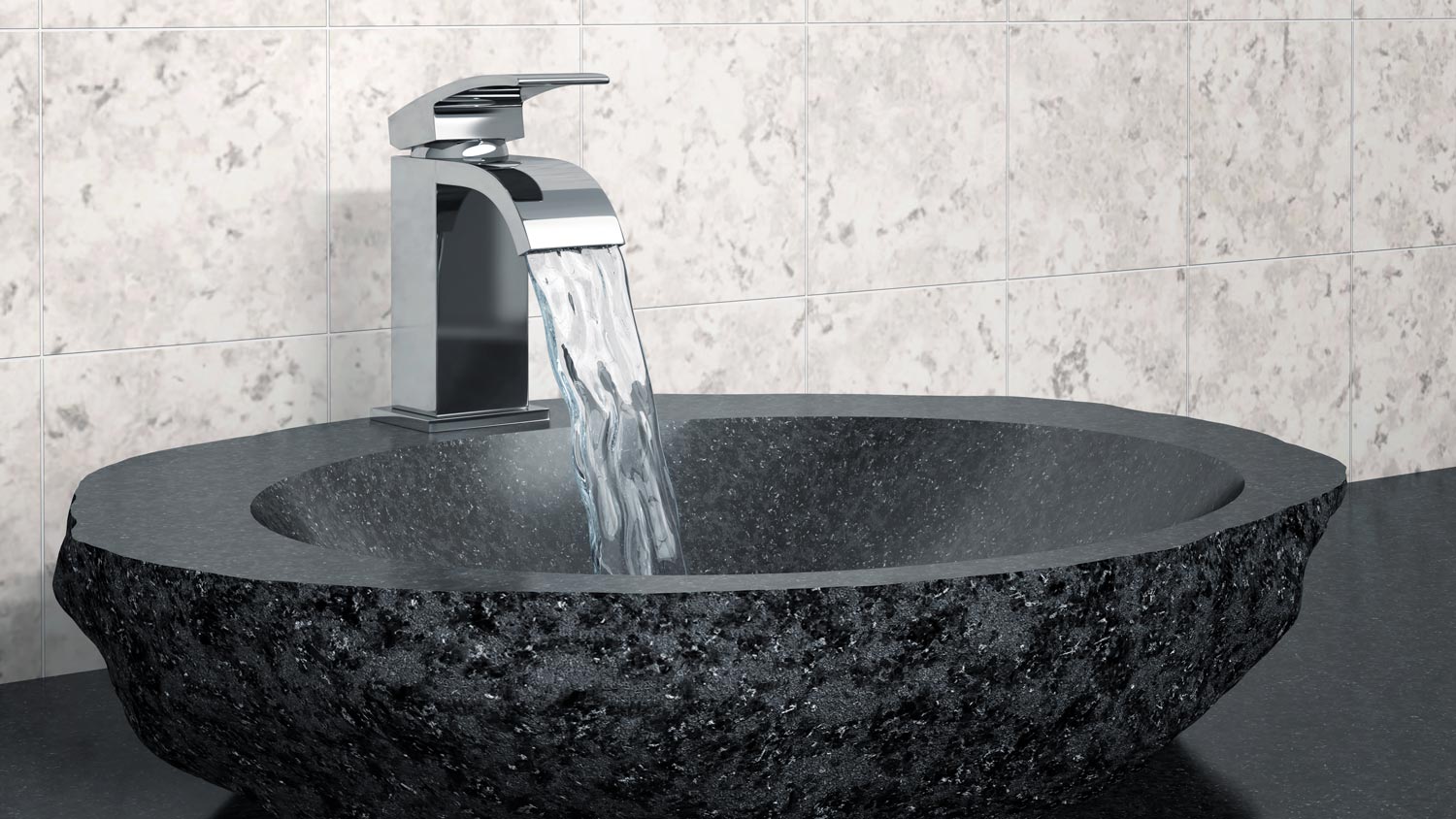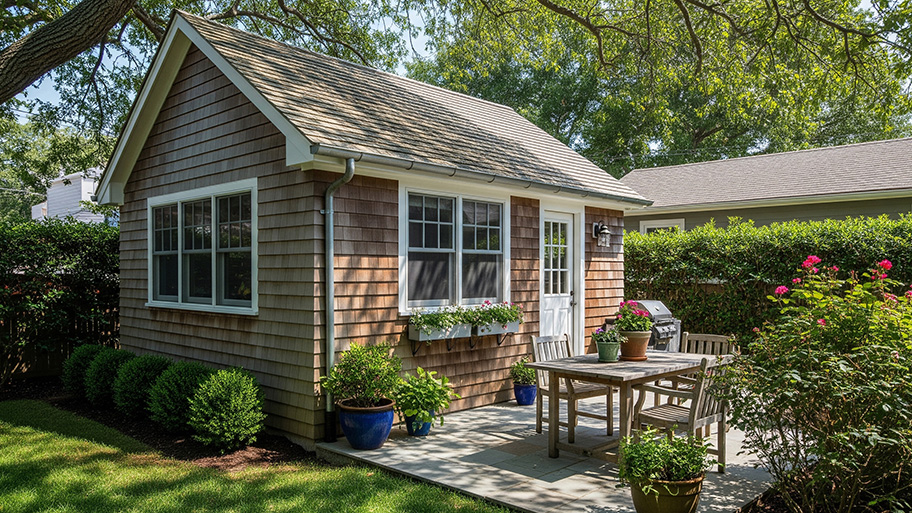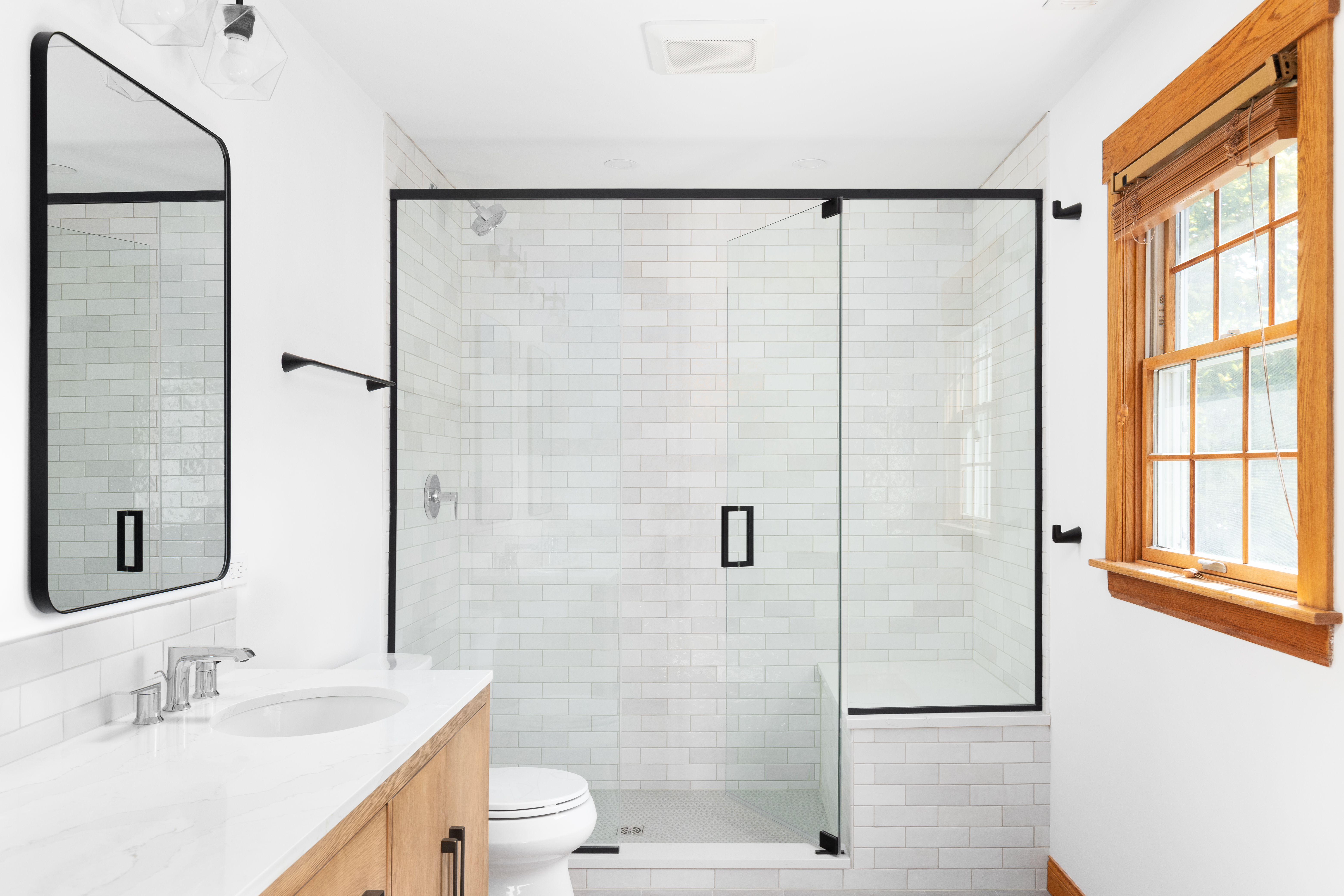
Various factors affect the total tub-to-shower conversion cost, including the size of the area, type of shower, materials, and labor fees.
Make the upgrade from undermount sinks


The vessel sink includes a freestanding bowl that sits on the bathroom counter.
Vessel sinks are popular in current bathroom renovations but can be difficult to maintain.
Trendy design choices like vessel sinks are risky if you plan to sell your home.
Options like drop-in or undermount sinks may be more likely to stand the test of time.
If we told you that a specific sink trend was causing an uproar in the world of bathroom design, you might imagine something extravagant like a bold hue or clam-shaped basins. In reality, the vessel sink is getting all the contested attention. You may be wondering—what is a vessel sink? Read on to learn about this unique bathroom feature.

At first glance, a vessel sink appears to balance on top of its base like a freestanding bowl. But actually, the drain at the base of the sink still flows into a pipe below the basin like other sink designs—it's just harder to spot the plumbing from afar. The overall look is both modern and reflective of a time before plumbing, like a bowl and water pitcher sitting on top of a bedroom vanity.
If you’re not totally sure if a vessel sink is right for you, here are the most important pros and cons to keep in mind. A sink installer can also provide recommendations for your vanity and plumbing setup.
| Pros | Cons |
|---|---|
| Modern look | Drainage issues |
| Versatile for different bathroom designs | Extra maintenance |
| Easy installation | Too high for kids to use |
There's no question that vessel sinks are eye-catching. They show off the sink material and design more than sinks embedded in a bathroom vanity. The overall aesthetic is also uniquely graceful when you turn on the water, sending it swirling around in the ceramic, glass, or metal basin. Here are the top pros of vessel sinks to keep in mind:
Modern Style: Vessel sinks undoubtedly give a bathroom an instant air of style and elegance that catches your eye as you enter the space. The aesthetic can be simplistic and chic, ideal for sprucing up large and small bathrooms without overhauling the room's design.
Versatility: The versatility is right in the name—the options for vessels are nearly endless when you peruse the many designs available. The bowl of the sink comes in various materials and price points, not to mention the many types of vanities vessel sinks can pair up with.
More Space: The shape of the bowl opens up a little more counter space below its rim and leaves more room in the vanity for storage.
Easier Installation: While vessel sinks require a specific faucet and drain style, you only need to drill a hole for the drainage pipe in the vanity and bowl—unlike a drop-in or undermount sink, which requires more space removed from the counter.
Splash Guard: Potential drainage issues aside, the tall design of vessel sinks encourages users to hold their hands deeper into the vessel, meaning less splashing and spills over the edge.
On the other hand, vanity vessel sinks bring a few challenges, including:
Drainage: Vessel sinks often don't include an overflow hole. If your water basin overflows, the water will go over the edge faster.
Maintenance: Cleaning a vessel sink is more complicated than other popular varieties. The area where the outside of the basin meets the counter has a habit of hoarding mildew, dust, and grime. Reaching this spot at the base of the curve with a rag or brush could make for a frustrating afternoon cleaning the bathroom.
Height: Vessel sinks are often taller than undermount or drop-in designs since the basin sits on top of the bathroom counter instead of inside it. If you have young hand-washers in your home, make sure they can safely access the basin and faucet.
The countertop height in a bathroom is 32 to 36 inches tall. For accessibility compliance, the bathroom counter should be 34 inches tall. Keep the regular users of the bathroom and their accessibility needs in mind. Certain sinks, like a vessel design, will increase height, so adjust accordingly.
Vessel sink installation costs $250 to $2,000, depending on which model you buy. It’s one of the pricer sink options, but it’s well worth it for the visual appeal. Sculptural, handmade, hand-painted, and brand-name vessel sinks are on the higher side of the price range, while simple and common-sized rectangular and circular vessel sinks are on the lower end.
Installing a vessel sink is a comparatively easy way to add a bit of panache to your bathroom without ripping up the tiles or adding a claw-foot tub. The simple addition can add space to a small bathroom, offer flexibility when you want to change out the vessel, and allow for more design options when choosing a vanity.
Before opting for this modern design, ask yourself a few questions:
Does the chic accent blend with the rest of my bathroom style?
Can I adapt my current vanity to host a vessel sink?
Do I often have small children in the house who may need a step-up to use the sink?
Will the vertical shape of the sink vessel enhance my counter space usage?
Will I be able to replace the sink vessel with a similar model if it breaks?
Once you’ve decided to get a vessel sink, you can hire a sink installer near you to bring your vision to life.
If you’d like to install a different type of bathroom sink, here are the most common alternatives.
Drop-in: This sink "drops" into a precut hole in your vanity counter.
Undermount: These are similar to drop-in sinks but attach from below the countertop. The top lip of an undermount sink does not come above the counter.
Pedestal: The sink and its stand sit independently of a vanity and the wall.
Wall-mount: This style does not connect to a vanity, but the back basin connects to the wall.
Ginny Bartolone contributed to this piece.
From average costs to expert advice, get all the answers you need to get your job done.

Various factors affect the total tub-to-shower conversion cost, including the size of the area, type of shower, materials, and labor fees.

The cost to add a bedroom and bathroom can pay off with an increase in your home’s value and more space for you and your family. Costs vary by project scope.

Accessory dwelling units can be a smart investment, but your ADU cost will depend on the size, type, and materials you choose. Here’s how it breaks down.

This handy guide will walk you through 17 types of bathroom sinks to help you decide on the best one for your bathroom remodel.

If your shower door has been acting up, it’s time to get it back in working order. You can adjust a shower door with some common adjustments.

Small bathroom remodel costs depend on a number of factors—like what exactly you’re upgrading and the size of the room. This guide will help you budget.